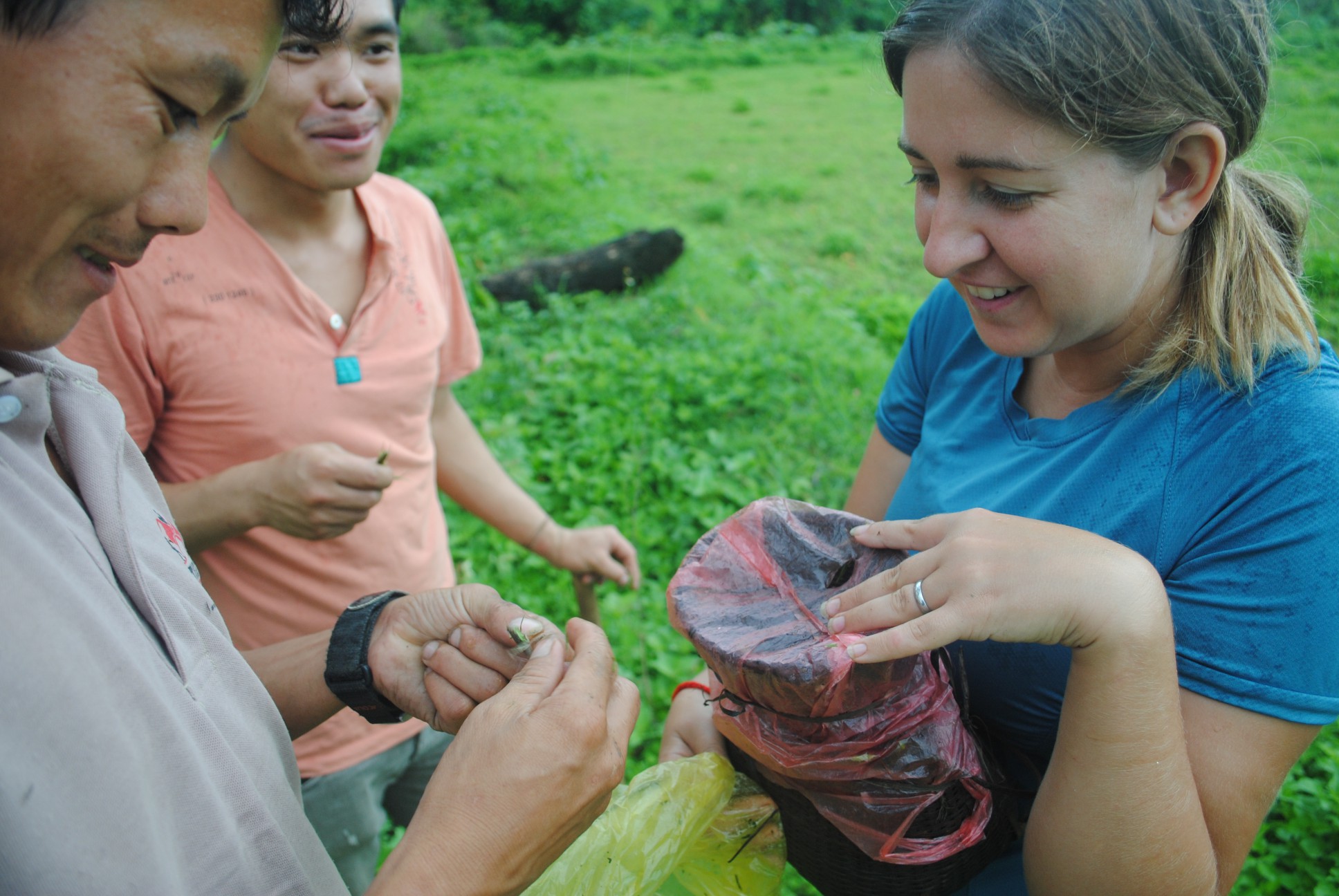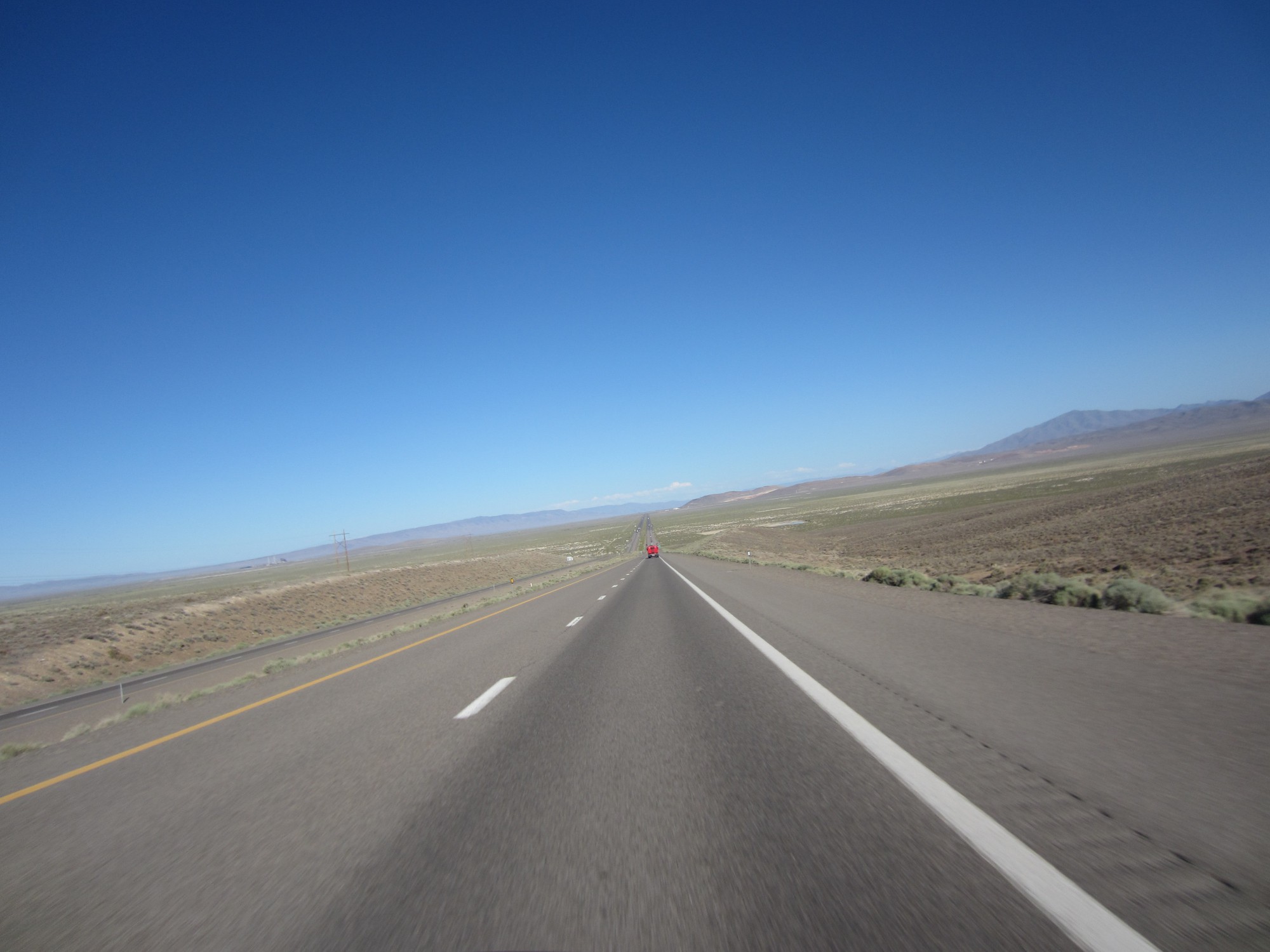Judy & Jason Are Moving to Jordan to Work for CRP!
/A little more than three years ago, we met a Syrian family living in a tomato field in a small town in Jordan. Their daughter had been studying in Paris but came back to live with them in a plastic tent. Their two adult sons were missing—they’d been arrested back in Syria and hadn’t been heard from since. They shared their tea and their food with us. They wanted to cook meat for us, but we made excuses so that they wouldn’t use their rations on us.
In Amman, we met another family, who had been given housing through the Collateral Repair Project, which our friend Amanda runs. After their house had been bombed, they fled through the desert with their unconscious daughter. CRP found them and besides housing, got their daughter medical treatment and into school.
You can help! click here to find out how.
Jordan has taken in a million refugees. But only 17% of them live in camps. While they are welcome in Jordan, they aren’t allowed to work. That’s where CRP comes in. They find families in Amman and they give them food vouchers, school supplies, and housing. To try to rebuild community and deal with the PTSD these survivors face, CRP provides classes: everything from English to yoga to courses on gender-based violence.
So when Amanda asked us to come to Amman and run CRP’s marketing team, we said O.K.! Because Jordanian law forbids non-Jordanian nonprofits to fund raise in Jordan, 70% of CRP’s funding comes from individual donors in the U.S. There are 500 families currently on their wait list. Our job will be to increase donations. We’ll be doing what we do best so CRP can do what they do best.
A lot of people have asked us: How? Right now we’ve applied for a grant that would give us $1,000 a month, with the stipulation that CRP would match that. Whether we get the grant or not, we’re still going. Today we launched a fundraiser to help CRP match those funds. If we don’t get the grant, this money will be in place of that grant and CRP will still match it.
Obviously we won’t be putting any money into retirement during this time, but our goal is to at least not dip into our savings more than necessary. Through our work, your donations will be amplified over the next year.
We leave on June first. We’re renting out our house again (and our cats are coming with us!) and we’re giving our car to a friend so he can work on his own art. We’ve committed to going for a year, maybe two.
Ways you can help:
- DONATE TO OUR FUNDRAISER HERE or share it through social media.
- If you’re in Seattle, consider coming by and helping us weed our yard or paint our porch.
- Come visit us in Amman and bring us Clif Bars.



































